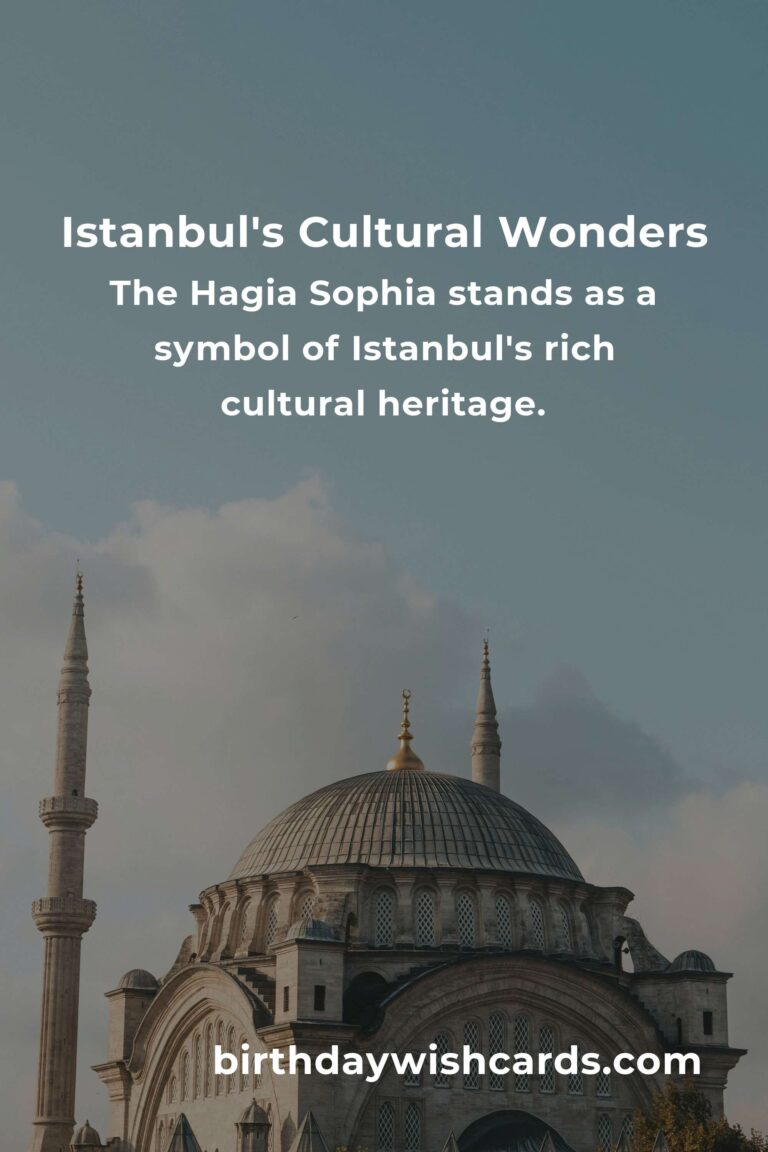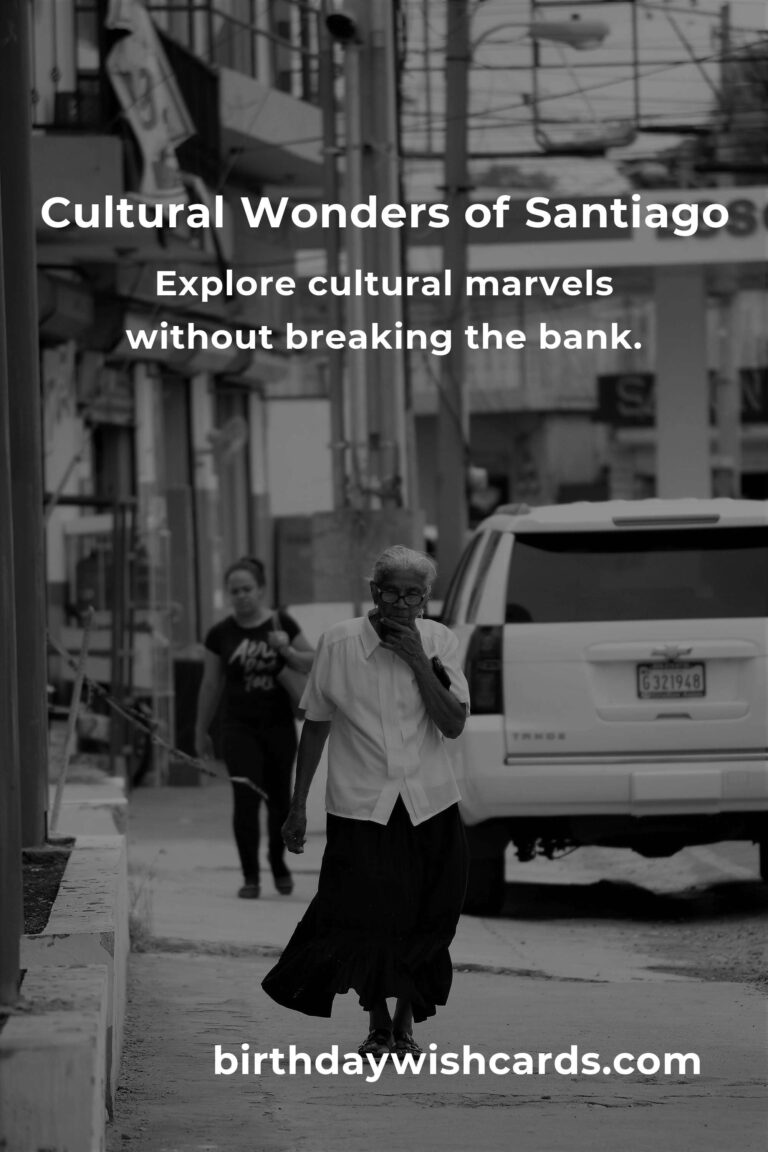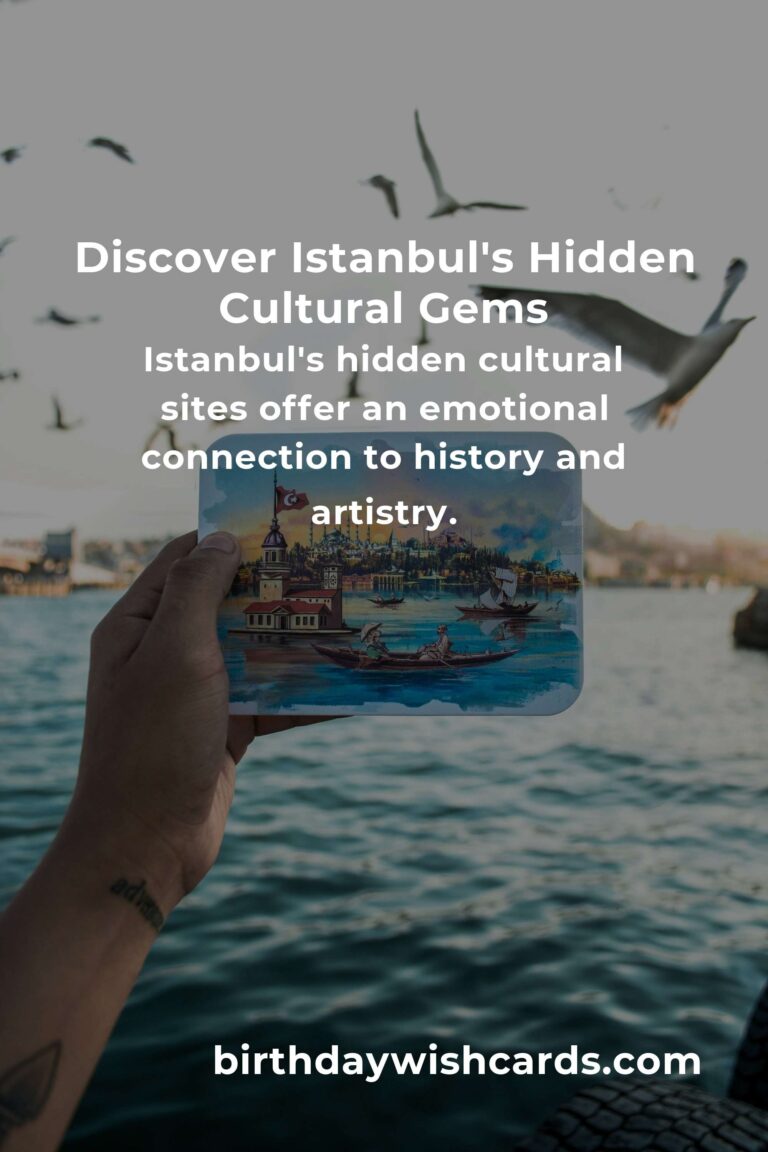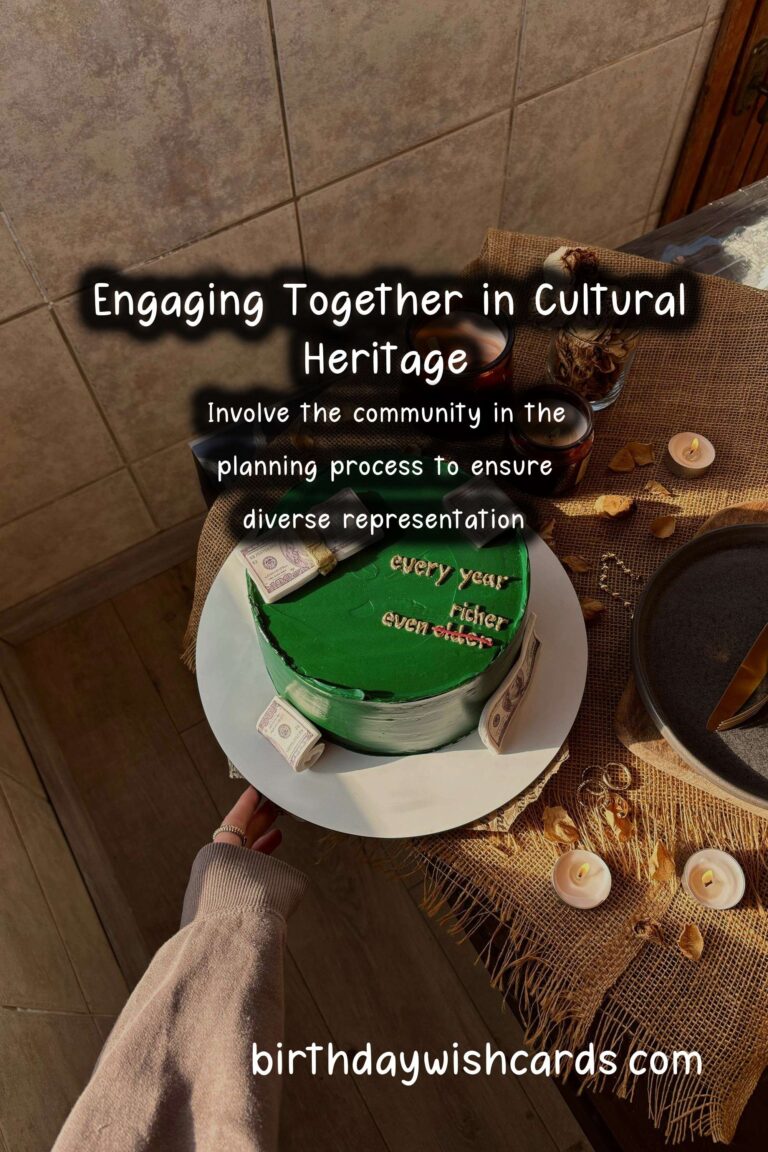
Cultural heritage celebrations are vital for keeping traditions alive and fostering a sense of community. These events allow individuals of all ages to connect with their history and learn from one another. However, organizing such celebrations can be challenging. Here are some insightful tips for planning enriching cultural heritage celebrations suitable for every age group.
Understanding Cultural Heritage
Cultural heritage refers to the practices, representations, expressions, and knowledge passed down from generation to generation within communities. It includes both tangible and intangible elements, such as historical sites, artifacts, folklore, and traditions. Recognizing and celebrating these elements can enhance community bonds and promote cultural understanding.
Why Celebrate Cultural Heritage?
Cultural heritage celebrations have multiple benefits:
- Education: They offer valuable lessons about history and culture.
- Community Engagement: They bring people together and enhance community spirit.
- Preservation: They help preserve cultural practices and traditions.
- Diversity Appreciation: They foster respect and appreciation for diverse cultures.
Tips for Planning Intergenerational Cultural Heritage Celebrations
1. Involve the Community
Encourage community involvement in the planning process. Engage schools, cultural organizations, and local artists to ensure diverse representation. This approach helps generate interest and a sense of ownership among community members.
2. Tailor Activities for Different Age Groups
Design activities that cater to various age groups. Here are suggestions:
- For Children: Craft stations where kids can create traditional art, storytelling sessions, or cultural games.
- For Teens: Cultural workshops, dance-offs, or social media challenges promoting heritage.
- For Adults: Cooking demonstrations, panel discussions, or traditional music performances.
3. Incorporate Technology
Incorporate technology to enhance the experience. Use social media to create buzz, and set up livestreams for those unable to attend in person. Consider creating an interactive app or website to provide information about the event and engage attendees.
4. Create a Cultural Market
Host a marketplace where local artisans can showcase and sell traditional crafts, foods, and products. This not only promotes local businesses but also allows attendees to experience the richness of the culture directly.
5. Encourage Participation through Competitions
Organize competitions that encourage participation across age groups. Consider a heritage-themed photo contest or a cooking challenge with traditional recipes. Competitions can stimulate interest and excitement, making the event more memorable.
6. Provide Educational Workshops
Offer workshops where participants can learn about various aspects of cultural heritage, such as language classes, traditional crafts, or cooking sessions. These activities not only educate but also engage participants in hands-on experiences.
7. Hold Cultural Performances
Invite local performers to showcase traditional music, dance, and theater. These performances provide entertainment while celebrating cultural expression. Make sure to include opportunities for audience participation!
8. Include a Reflection Space
Create a space for attendees to reflect on their cultural heritage. This could include a mural where people can leave their thoughts and memories or a quiet area for storytelling. Reflection can deepen appreciation for cultural narratives.
Celebrating Cultural Heritage with Family
Families play a crucial role in cultural heritage celebrations. Here are tips specifically for making these events family-friendly:
Engaging Family Activities
Design activities that encourage family interaction, such as:
- Cultural Scavenger Hunts: Organize a scavenger hunt where families search for cultural items or symbols.
- Family Art Projects: Provide supplies for families to create a joint cultural art piece.
- Cooking Together: Host cooking demonstrations where families can learn to prepare traditional dishes together.
Scheduling for Families
Consider scheduling activities during family-friendly hours, such as weekends or early evenings. This ensures that working parents can participate without stress.
Engaging Younger Generations
Younger generations often require more engaging and interactive methods to appreciate cultural heritage. Here are some strategies:
Utilizing Social Media
Encourage participants to share their experiences on social media with specific hashtags. Create challenges that can spread awareness about various cultural practices and traditions.
Gamifying the Experience
Incorporate gamification elements, such as competitions or rewards, to make the experience enjoyable and enticing for young attendees.
Celebrating with Seniors
Seniors often have valuable insights and stories to share. Here are ways to engage them:
Storytelling Sessions
Create a platform for seniors to share their stories about their cultural heritage. These sessions can be recorded and shared as a legacy project.
Comfort and Accessibility
Ensure that the venue is accessible and comfortable for seniors, with adequate seating and facilities. Consider their needs when scheduling activities.
Conclusion
Celebrating cultural heritage is essential for developing a deeper understanding of our identities and communities. By incorporating diverse activities tailored for all age groups, you can create an enriching experience that fosters connection, education, and appreciation of cultural diversity. With the right planning and execution, your cultural heritage celebration can become a beloved annual tradition.
Cultural heritage celebrations are vital for keeping traditions alive and fostering a sense of community. Involve the community in the planning process to ensure diverse representation. 
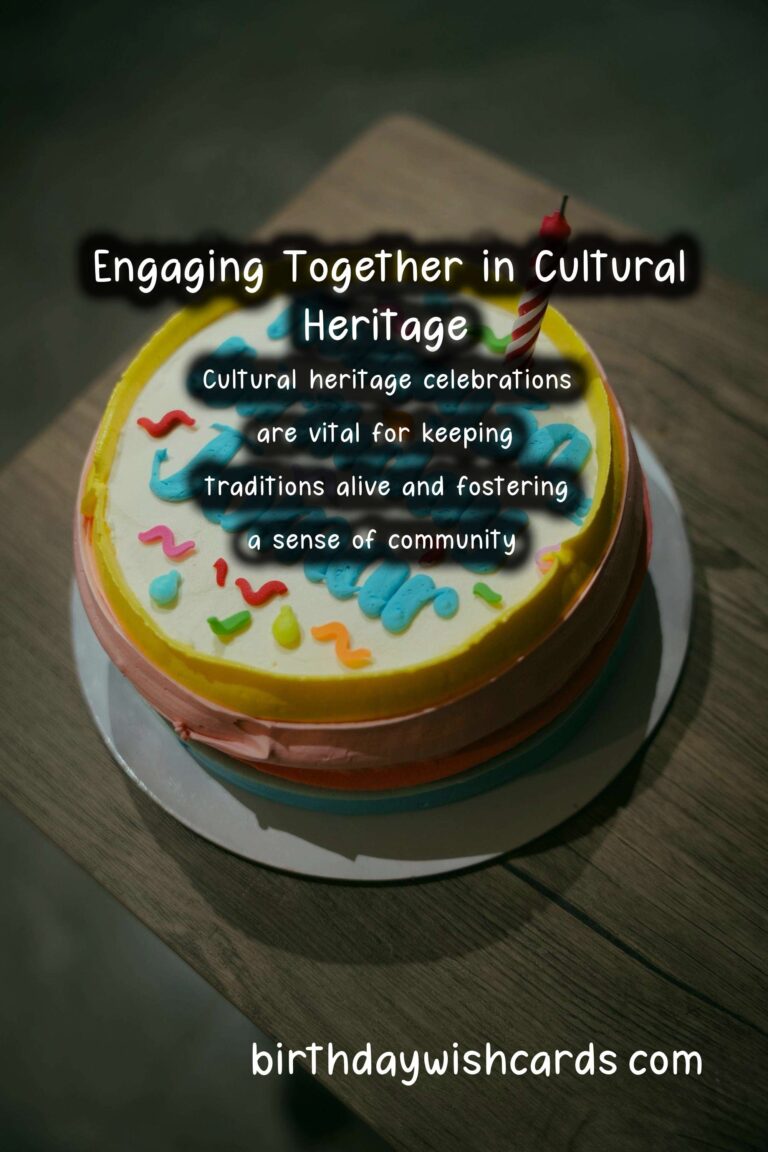
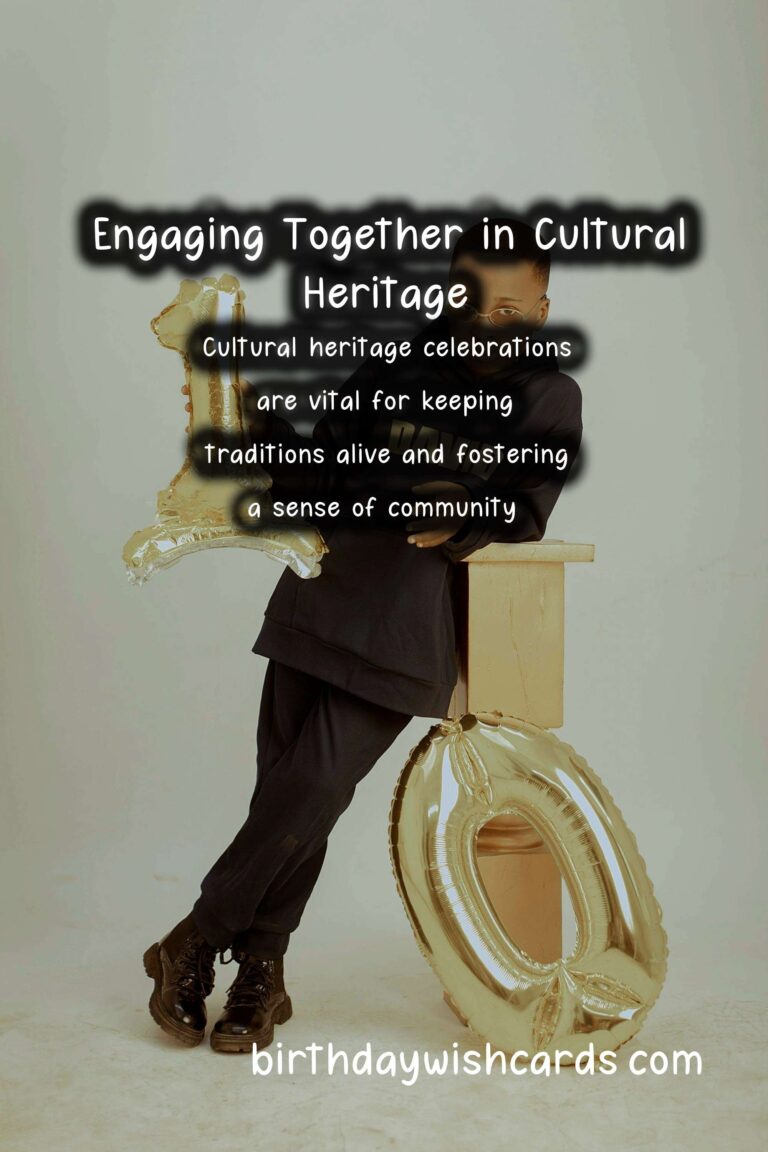
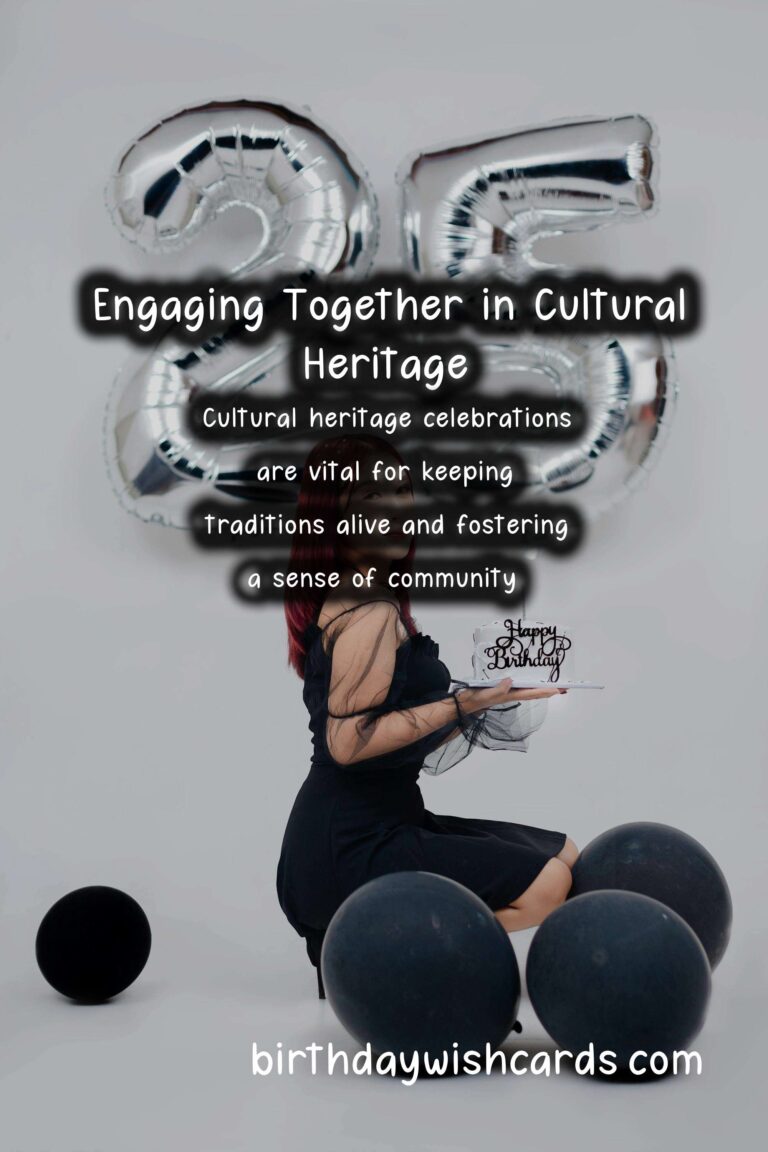

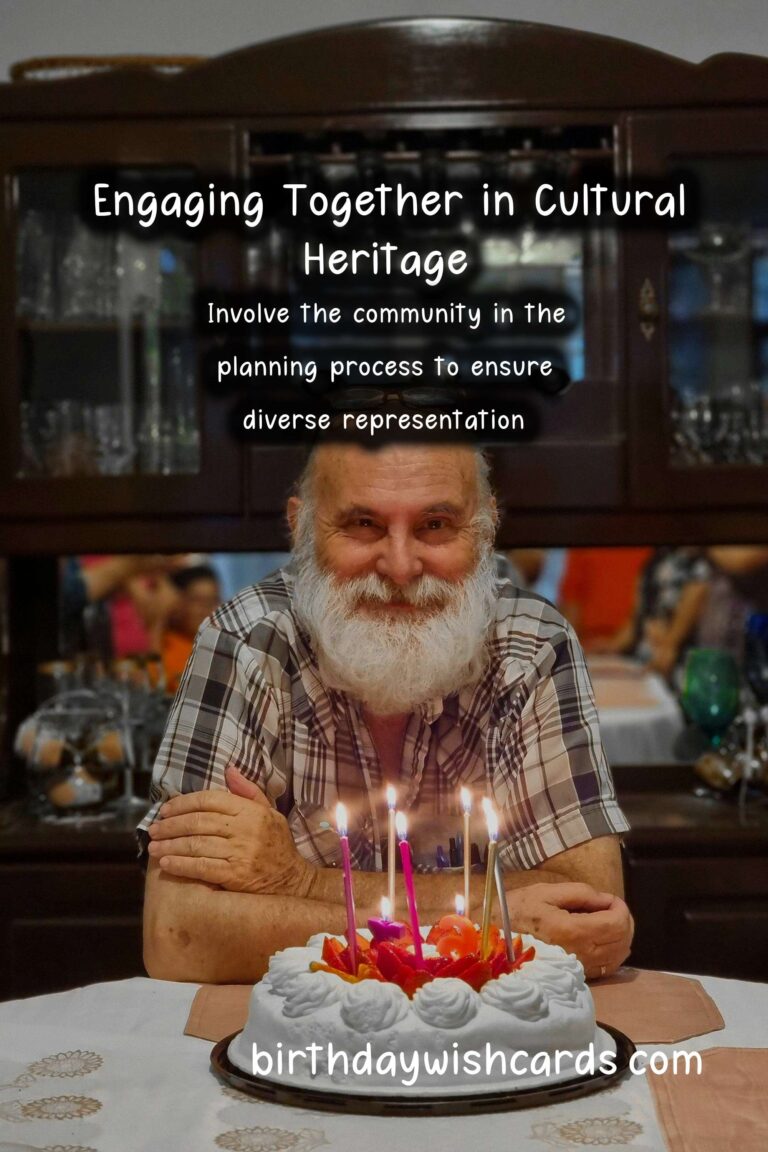
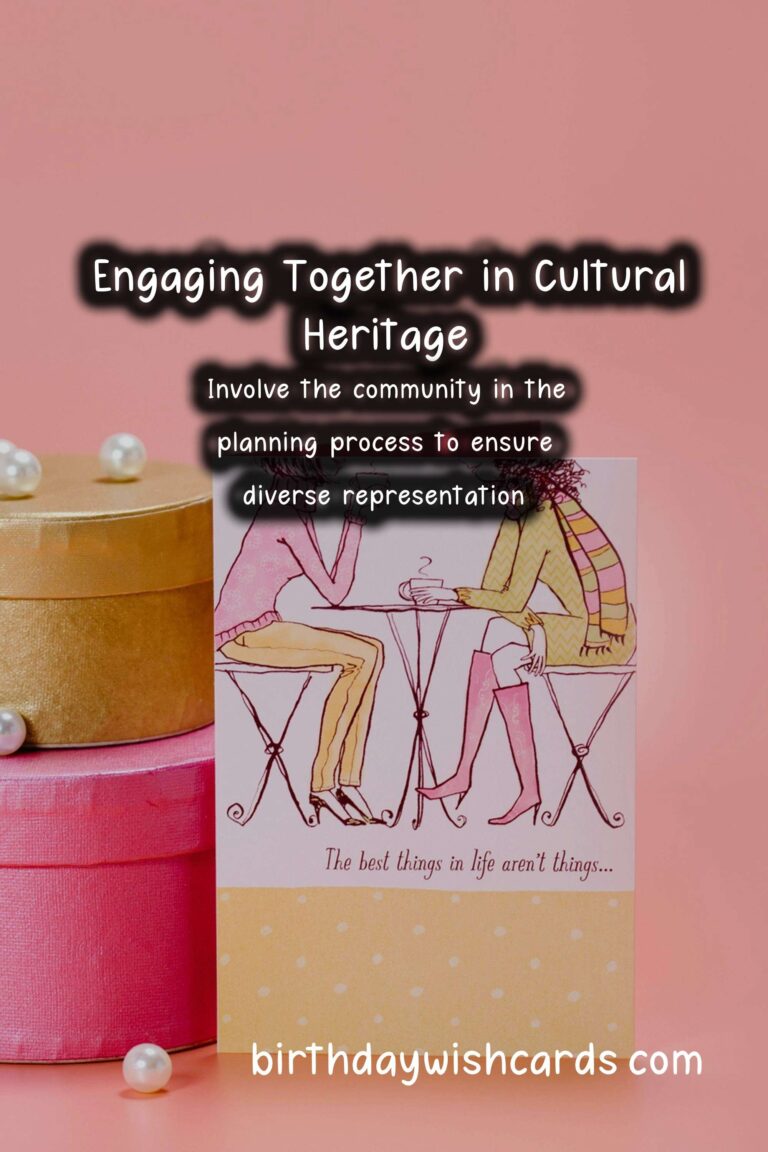
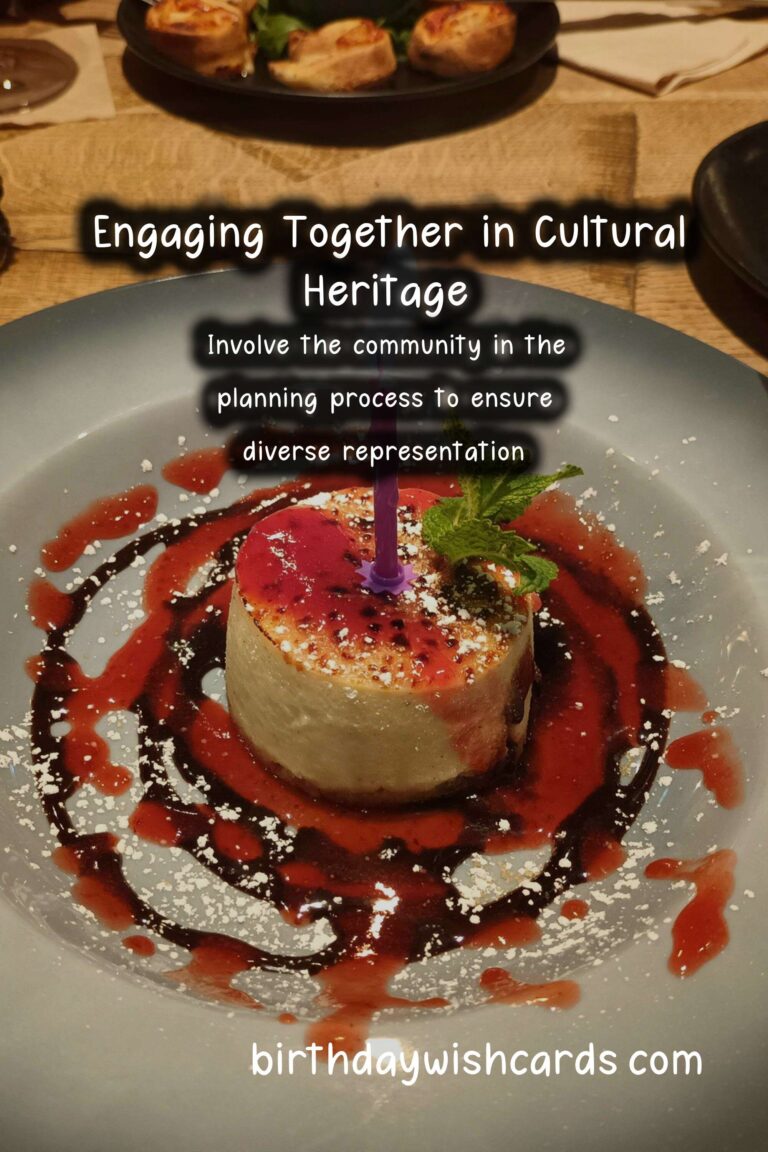
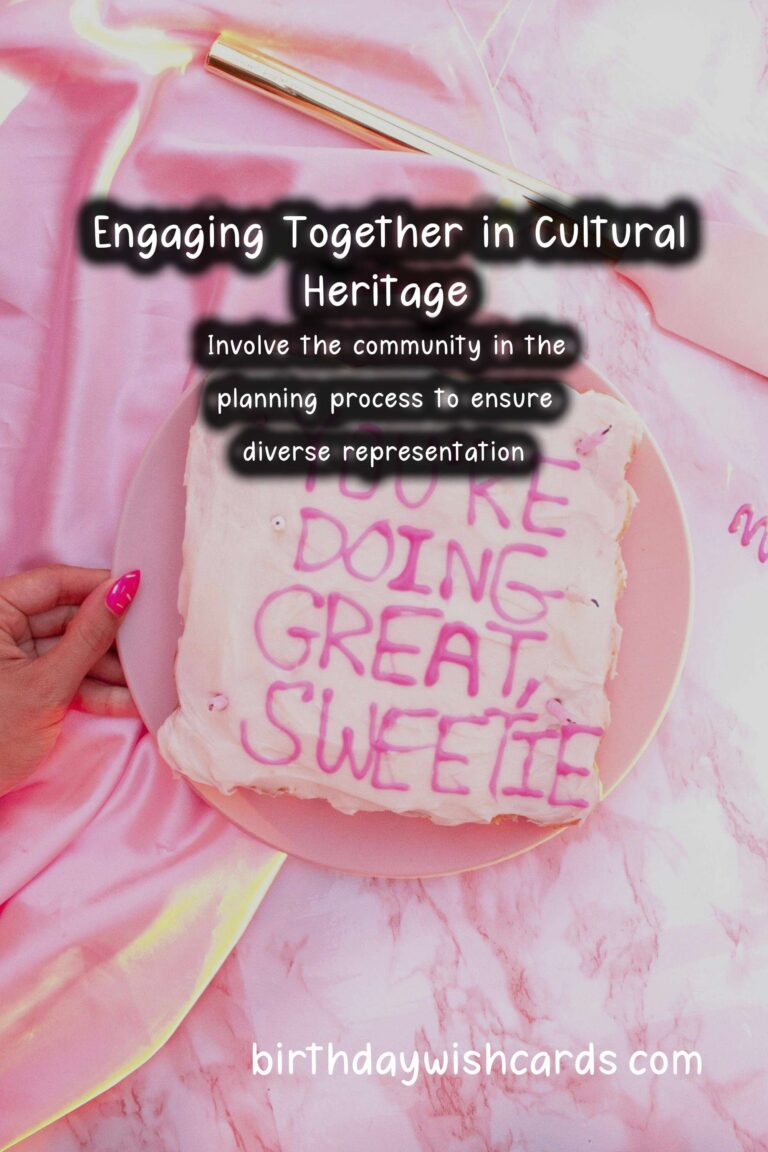
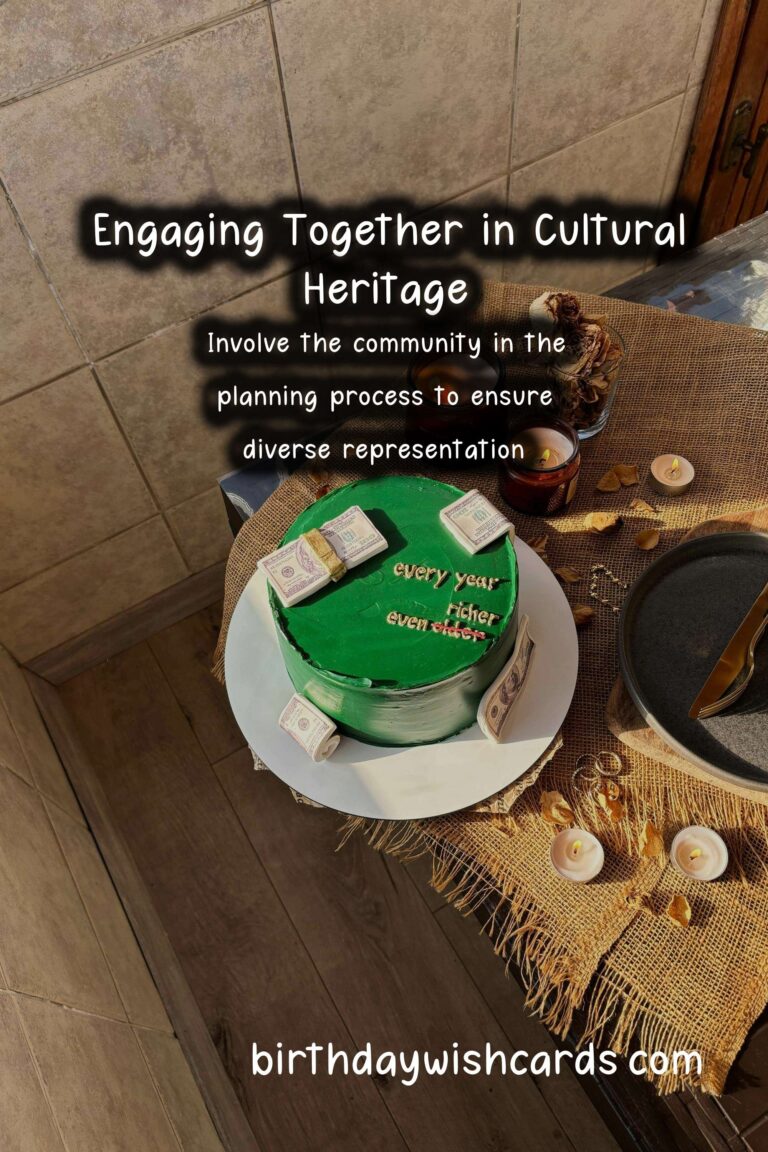
#CulturalHeritage #CommunityEvents


